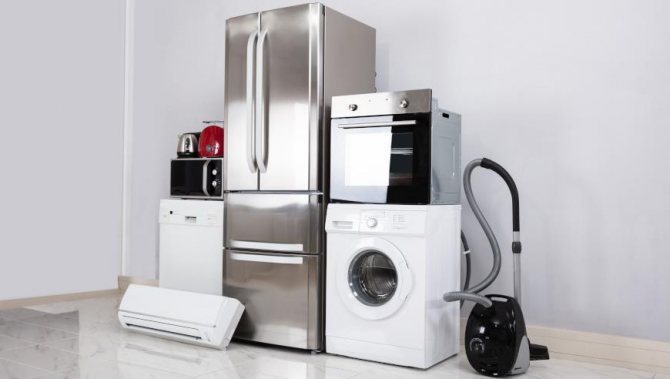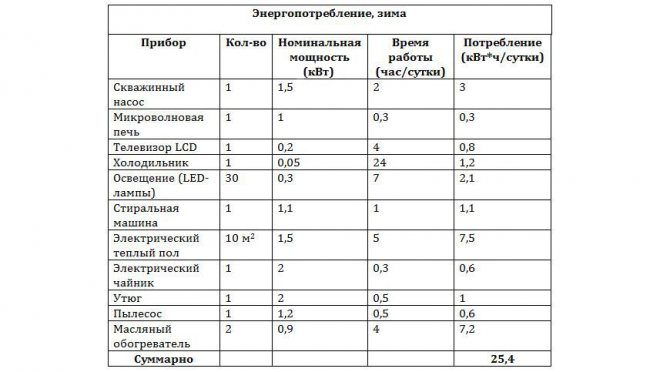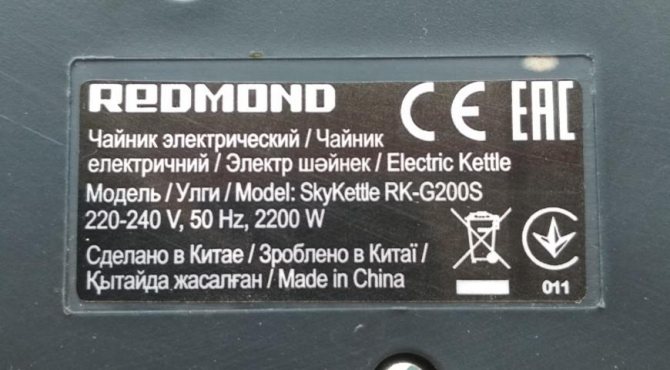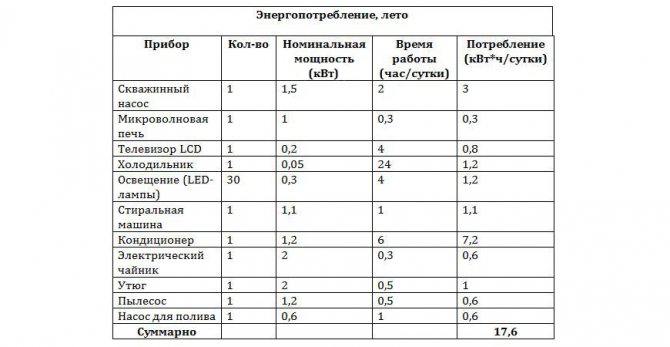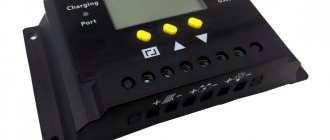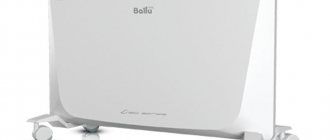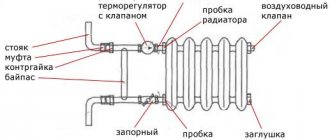
Created: 19 December 2019
Very often, when applying for the selection of equipment or when choosing a solar power plant, customers ask the question: How to calculate the power and number of solar panels and batteries and what power to choose a solar power plant. In this article we will try to deal with this issue, and I will try to explain in simple language, without going into details, how to do this.
First of all, you need to find out how much electricity you consume per day., this can be done by taking the average monthly electricity meter readings and dividing by 30 days. So we get the average consumption per day. For example, the social norm in RO for two people is 234kW, which is about 8kWh of electricity per day. Accordingly, we need solar panels to generate the same amount of energy per day.
Calculation of the number of solar panels and their capacity
Since solar panels generate electrical energy only during daylight hours, then this must be taken into account first of all, it is also worthwhile to understand that production on cloudy days and in winter is very much reduced, and can be 10-30 percent of the power of the panels. For simplicity and convenience, we will calculate from April to October, by the time of day, the main production runs from 9 am to 5 pm, i.e. 7-8 hours a day... In summer, the intervals will of course be longer, from sunrise to sunset, but during these hours the output will be much less than the nominal, so we are averaging.
So 4 solar panels with a capacity of 250W. (1000W total). 8 kWh of energy will be generated per day, i.e. per month it is 240 kWh. But this is an ideal calculation, as we said above, on cloudy days the output will be less, so it is better to take 70% of the output, 240 * 0.7 = 168 kWh. This is an average calculation without losses in the inverter and batteries. Also, this value can be used to calculate a network solar power plant where batteries are not used.
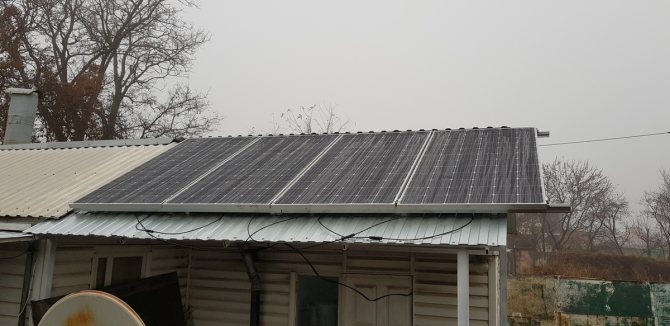

Before calculating solar panels for your home
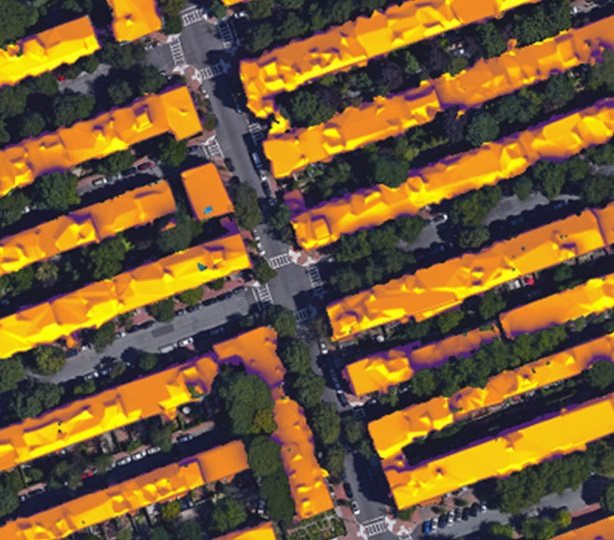

- What is important to know in advance? In fact, the installation of solar panels is a responsible business and preliminary calculations will not only save money, but also create an energy efficient system, taking into account all the elements.
- You need to start with the consumption of electricity in your home. To understand how to calculate the number of solar panels for your home, you need to start with this. For example, you have a need to create an autonomous electricity supply for an electric boiler and four bulbs. It is very simple to calculate the consumption: it is enough to draw up a table of such a plan:
| Consumer element in the network | Power in W | How many devices? | How much work time is expected per day | Received value per day (Wh) |
| Electric boiler | 2000 | 1 | 4 | 4000 |
| Incandescent lamp | 100 | 4 | 3 | 1200 |
| Amount | 2100 | 5200 |
How to use such a sign? Find out how much a particular device consumes in watts. How many devices of each type are there? In the example, one boiler and four incandescent lamps. Next: what time of work is expected per day? for example, the boiler will work for four hours, the lamps for three. We multiply the columns horizontally with each other. For example, for a boiler it will be 2000x1x4 = 4000 Wh (consumption by a specific device per day). Then we summarize all the readings obtained, find out the total energy consumption per day. In the case of examples, this is 5200 Wh
Calculation of batteries for a solar power plant
Next, let's move on to calculating the battery capacity for solar panels.Their quantity and capacity should be such that the energy that is stored in them is enough for the dark time of the day, it is worth considering that the consumption of electricity at night is minimal, compared to daytime activity.
100Ah battery stores approximately 100A * 12V = 1200W. (a 100W light bulb will work from such a battery for 12 hours). So if you consume 2.4 kWh per night. electricity, then you need to install 2 batteries of 100Ah each. (12V), but here it should be borne in mind that it is undesirable to discharge the batteries by 100%, and better not more than 70% -50%. Based on this, we get that 2 batteries of 100Ah each. will store 2400 * 0.7 = 1700Wh. This is true when discharging with small currents, when connecting powerful consumers, a voltage drop occurs and the capacity actually decreases.
If you want to calculate how much battery capacity is needed for a solar battery, below is a correspondence table (for a 12V system.):
- Solar battery 50W. - battery 20-40 A.h.
- 100W. - 50-70 A.h.
- 150W. - 70-100 A.h.
- 200W. - 100-130 A.h.
- 300W. - 150-250 A.h.
What to count next?
It is necessary to determine how much radiation falls per year specifically in your areawhere you live and where the house is located. Such indicators can either be requested from the meteorological service, or you can find tables for your area on the Internet. By the way, Google has an excellent service that allows you to determine the level of solar radiation, but it is not available in all countries. Therefore, the easiest option is to find tables on the World Wide Web. Here are some of them, solar radiation is indicated in “kWh / m² / day”:
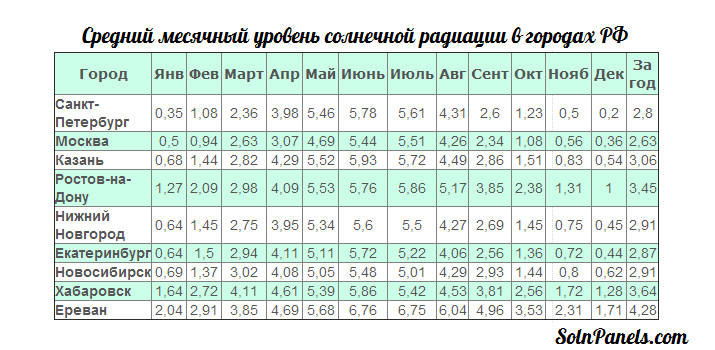

Average monthly level of solar radiation in Russia
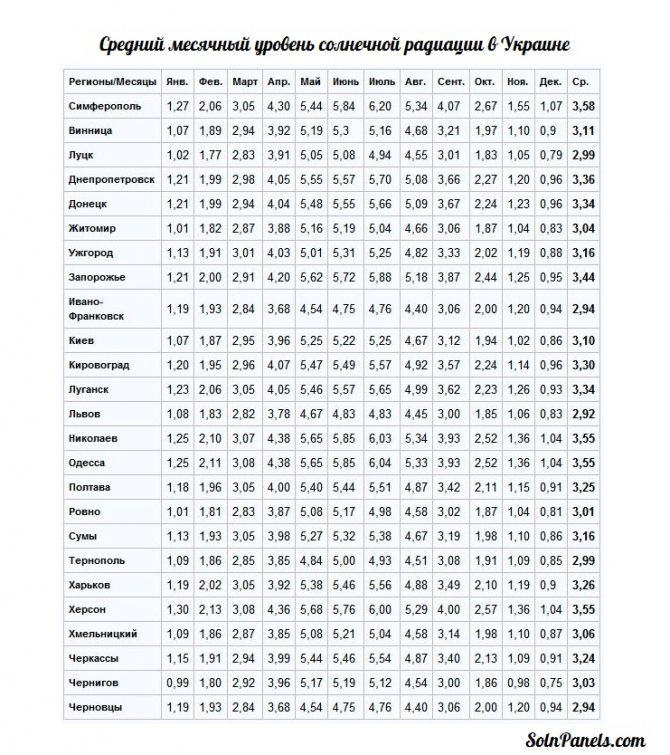

Average monthly level of solar radiation in Ukraine


Average monthly level of solar radiation in Belarus
- Moving on: how to calculate the power of a solar panel? For example, let's look at the readings for Kiev in the table. Here, the most effective months in terms of insolation are May and July, with an indicator of 5.25. Another important point is to take into account the loss of battery charging. This indicator can be viewed in the documentation for the equipment or ask specialists, but often this figure is about 20%. That is, we need to make in the calculations "overlap" on the overrun of charging and discharging the battery. Thus, this figure will be 1.2 - where 1 (or 100%) is our calculated 5200 Wh per day of consumption, and 0.2 (20%) is the overrun on the battery. So an example:
W = 5200 × 1.2 = 6240 Wh or 6.24 kWh
- Now further. The following formula is based on correction factors, for summer it is 0.5 and for winter it is 0.7. These factors will help to calculate the production of one panel per day. Depending on the season and the level of insolation. So, for example, we install panels with a power of 130 W:
W = 0.5 × 130 × 5.25 = 341.25 Wh W = 0.7 × 130 × 0.86 = 78.26 Wh
Where, respectively, the first formula displays the output in the summer, the most effective month of the year (data taken from the table). The second formula is for the most ineffective winter month.
- Now you need to divide the 6240 Wh obtained in the first example, divide by the results obtained in the second and third formulas:
N = 6240 / 341.25 = 18.3 N = 6240 / 78.26 = 79.73
- So the results obtained are our number of panels required to generate a given energy indicator. Accordingly, 18 panels will be needed for the summer period, and 80 for the winter period. This is how different indicators can be for different periods of the year. Of course, such calculations are not entirely accurate and in fact there are many more factors that affect energy production. You can read about them in the article about installing solar panels.
Efficiency can be significantly affected by the angle of inclination of the panels, the presence of drives that rotate the panels towards the sun, or their absence. Finally, I would like to say that batteries are unlikely to be able to supply your home with the necessary energy, only if you do not have large areas for solar panels.But still, the main advantage of batteries is that you can always increase the power by adding new panels. Or by replacing some solar cells with others, more powerful.
Inverter power and losses
Now, as for the inverter, it also has its own efficiency, which is about 75-90%, i.e. all obtained values of energy production and reserve can be attributed to these percentages. As a result, it is better to take a double reserve of capacity for batteries, So when consuming 2400Wh per night, install 4 batteries with a capacity of 100Ah. 100A * 12V * 4 = 4800Wh. The power of the inverter shows the rated load that can be connected to it., i.e. the number and type of household appliances.
As a result, we get a solar power plant for 2.5 kW:
- Solar panels 4pcs. 250W each. Generation per month 170-240 kWh (36 thousand rubles)
- Battery 100Ah each. 4 things. stock up to 4800 watts. (AGM batteries 50 thousand rubles)
- Inverter 2.4 kW rated power of the connected equipment (27 thousand)
Total 113 thousand rubles. for a set of equipment.
Varieties of solar modules for the home
Modular solar panels consist of photovoltaic converters. In production, two types of such devices are produced.
The difference between converters is in the type of silicon semiconductors:
- Polycrystalline... Such solar cells are obtained by prolonged cooling of the silicon melt. Although this technology significantly reduces the cost of the production process and makes products more affordable for buyers, their efficiency does not exceed 12%.
- Monocrystalline... In this case, we are talking about the artificial growth of silicon crystals, which are then cut into thin wafers. This method is considered the most costly, but it provides a higher efficiency. Its average value fluctuates within 17%, however, there are photocells based on single crystals and with higher rates.
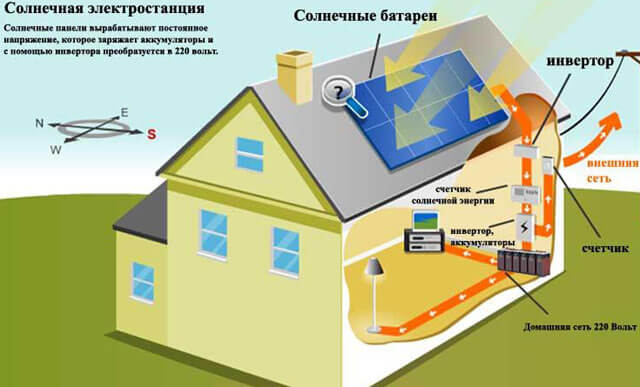

Photocells based on polycrystals have a flat square shape and a surface with an inhomogeneous structure. At the same time, monocrystalline solar cells have a uniform surface structure and a square shape with cut corners.
With an equal capacity of solar panels for a home, the first version of the panels is larger than the second, since they are less efficient. Although the cost of polycrystalline panels is about 10% lower, for which they are popular.
Household appliances power, electricity consumption
Now, with regard to consumers and their capacity, here are the main ones:
- Led TV - 50-150W.
- Refrigerator class A - 100-300W. (only when the compressor is running)
- Notebook - 20-50W
- Energy saving lamp - 30W, LED 3-9W
- Wall-mounted boiler (electronics + built-in pump) - 70-130W.
- Router - 10-20W.
- Air conditioner 9 - 700-900W.
- Email Teapot - 1500W.
- Microwave - 500-700W.
- Washer - 600 - 900W.
- DVR + 4 cameras - 30-50W.
All powers are indicated per hour of operation of the device, it should be borne in mind that most devices work for a short time, the kettle is heated for 5 minutes, the refrigerator turns on every 2-3 hours for an hour to maintain the pace. The boiler pump also works as the temperature of the coolant is maintained. You can also calculate other devices according to this principle.
Calculation of basic indicators - how many batteries are needed and what power
Before starting the calculations, a special table should be prepared in which the obtained data will be entered. There should be 30 vertical columns, and horizontal ones - according to the number of household appliances used by the owners.
Preliminary stage
The first column will indicate the order number of the household appliance. We put down its name in the second column. The third column is the power of each of the devices. In the next 24 columns, you must enter the hours from 01 to 24.
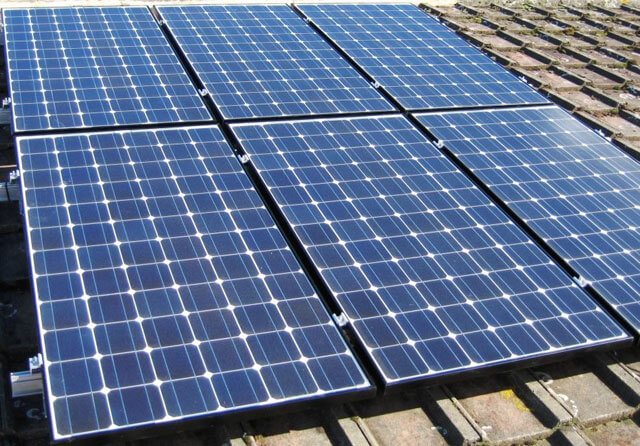

In these cells, in the form of decimal fractions, we will enter the following data:
- the numerator represents the period of each fixture for a specific hour (in decimal);
- the denominator is the individual power of the electrical appliance (such a repetition facilitates the process of further calculations).
Column 28 is intended to summarize the total operating time of the electrical appliance within a day. The next column contains data on the energy consumption of an individual device for the past day - this figure is obtained by multiplying the operating period by the power consumption. In the last vertical column, notes are recorded, for example, the results of intermediate calculations.
How to calculate the power correctly?
What does the panel's power indicate? If, for example, it is equal to 240 W, then it will give out so much at 1000 W / sq. insolation.
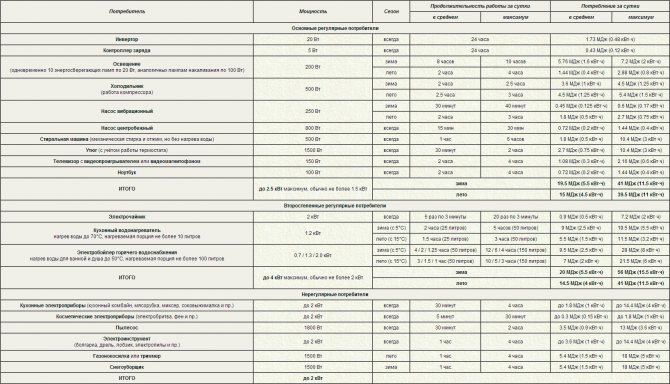

It is clear that the beams do not fall on the panel with the same intensity all year round and during the day, therefore, working from 4 to 6 hours in the cold season, it is capable of delivering 1440 W / h.
During the summer period, the duration of work increases, reaching 8-10 hours.
The maximum indicator is also growing, approaching the 2400 W / h mark. This is ideal. In fact, it is corrected for insolation.
An example of calculating the energy consumption of devices
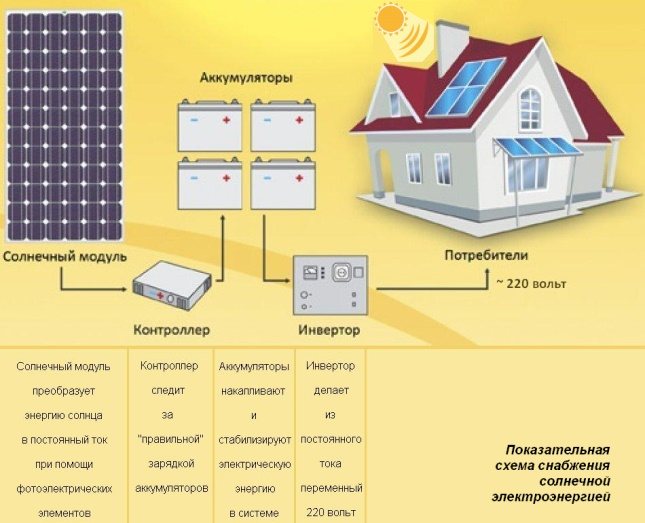

There is always a refrigerator, TV, computer, washing machine, boiler, iron, microwave oven and other household appliances in the house, without which life becomes uncomfortable. In addition, at least 100 bulbs are used for lighting (let them be energy efficient). All this should be taken into account when calculating the power of solar panels installed in the house.
The table contains data on their power, operating time, energy consumption, etc. They all work all year round:
| Appliance | Power | Duration of use per day | Daily intake |
| Light bulbs | 200 watts | about 10 hours | 2 kWh |
| Refrigerator | 500 watts | 3 hours | 1.5 kWh |
| Notebook | 100 watts | up to 5 hours | 0.5 kWh |
| Washer | 500 watts | 6 o'clock | 3 kWh |
| Iron | 1500 watts | 1 hour | 1.5 kWh |
| Television | 150 watts | 5 o'clock | 0.8 kWh |
| Boiler 150 liters | 1.2 kW | 5 o'clock | 6 kWh |
| Inverter | 20 watts | 24 hours | 0.5 kWh |
| Controller | 5W | 24 hours | 0.1 kWh |
| Microwave | 500 watts | 2 hours | 3 kWh |
Having made a simple calculation, we come to the final daily energy consumption - 18.9 kW / h. To this we need to add the power of additional equipment, which is not used every day - an electric kettle, a food processor, a pump, a hair dryer, etc. On average, it will turn out at least 25 kW / h per day.
We recommend:
- Inverter for solar panels: types, overview of models, connection features, selection criteria and price
- The best hybrid solar inverters: similarities and differences, price, where to buy - TOP-6
- Camping lantern on solar batteries: features, functions, characteristics, price - TOP-7
Consequently, the monthly energy consumption is 750 kWh. In order for the running costs to be covered, the solar battery must produce at least the final figure, i.e. 750 kW.
If the calculation is carried out for a solar panel planned for installation in a country house, where there are fewer devices and seasonal use, it is clear that this figure will be much less.
How is electricity consumption in a home calculated?
The main purpose of the calculations is to find out how many solar panels are needed for your particular home. At the same time, if the power of the solar panel is indicated by the manufacturer, then the needs of your household and the real amount of electricity that one such panel can provide per day must be calculated independently.
Starting with home ownership, the question immediately arises: how to count? There are two options here, depending on whether you have an electric meter:
- If you have a meter, and you take readings from it every month, then it is easy to calculate the daily electricity consumption. It is necessary to divide the monthly indicator by the number of days. The consumed energy is calculated in kWh. For example, you spend 90 kWh per month. This figure must be divided by 30, and you get a daily consumption of 3 kW • h.
- The second option is more complicated. If for some reason you do not pay for electricity (for example, you have not brought it to your new house yet), then to calculate you will need to make a complete list of all the electrical appliances you have, find out the energy consumed by everyone per day and, adding everything together, get the desired result. That is, you need to take the power of the device consuming electricity (it is, as a rule, indicated by the manufacturer), and multiply by the number of hours during which this device will work. For example, a standard incandescent lamp has a power of 100W, and it will work for you supposedly 6 hours a day. This means that to calculate the electricity consumption, 100 should be multiplied by 6. It turns out 600W • h. You have three such lamps, and all work in the same mode. This means that the daily consumption of one lamp must be multiplied by 3. You get 1800W • h. In a similar way, the electricity consumption of all consuming units in the house is calculated.
Setting the voltage level for solar panels
To understand how much energy solar panels give, you need to determine the level of their operating voltage. This value is always a multiple of 12 volts, since this voltage is typical for most batteries. The most commonly used inverters, controllers and solar panels with voltages of 12, 24 or 48 volts.
For systems with a higher voltage level, supply cables with a smaller cross-section can be used, which ensures high reliability of the connections.
At the same time, 12 volt batteries, if they break, can be replaced one by one. A feature of operating batteries with a voltage of 24 volts will be the need to replace nodes only in pairs. In the case of using a system with a voltage of 48 volts, it will be necessary to change 4 batteries at once located on one branch. In addition, careless handling of 48-volt batteries can result in electric shock.
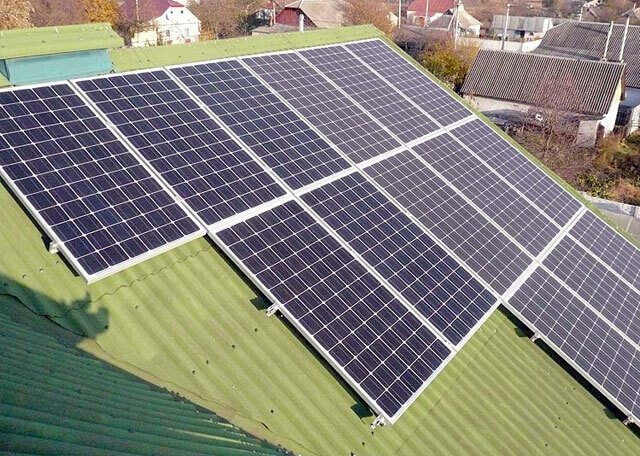

The operating voltage of the electrical system directly affects how much the solar panel gives. This factor is taken into account when selecting the necessary equipment.
The relationship between inverter power and peak loads looks like this:
- 3-6 kW - 48 volts;
- 1.5-3 kW - 24 or 48 volts;
- up to 1.5 kW - 12, 24 or 48 volts.
In the example under consideration, the choice between the difficulties in replacing batteries and the reliability of the wiring will be made in favor of the latter. The operating voltage level will be 24 volts.

